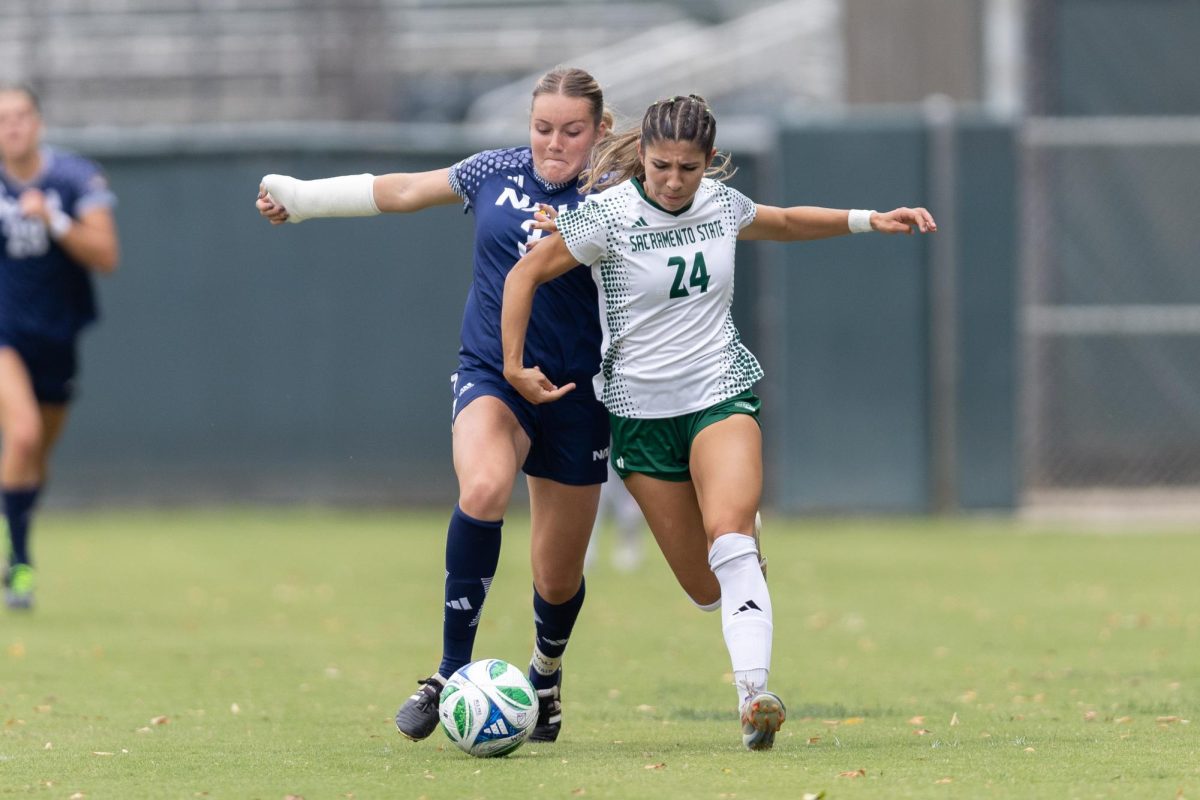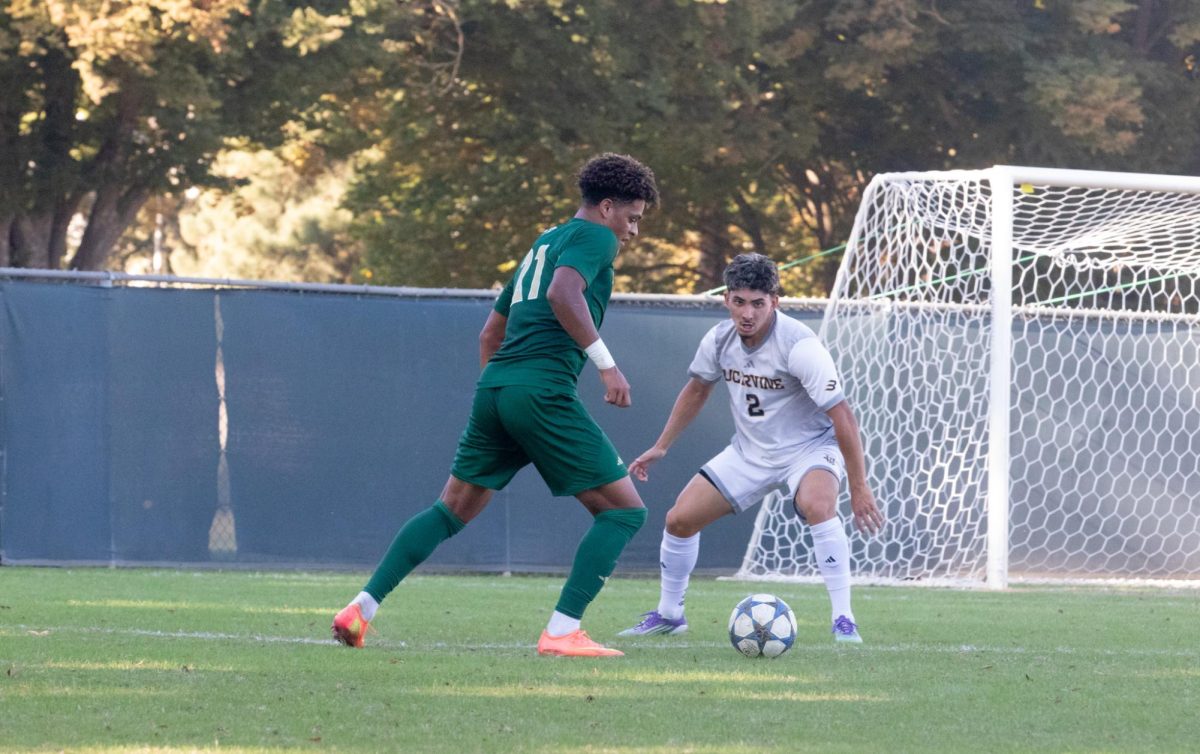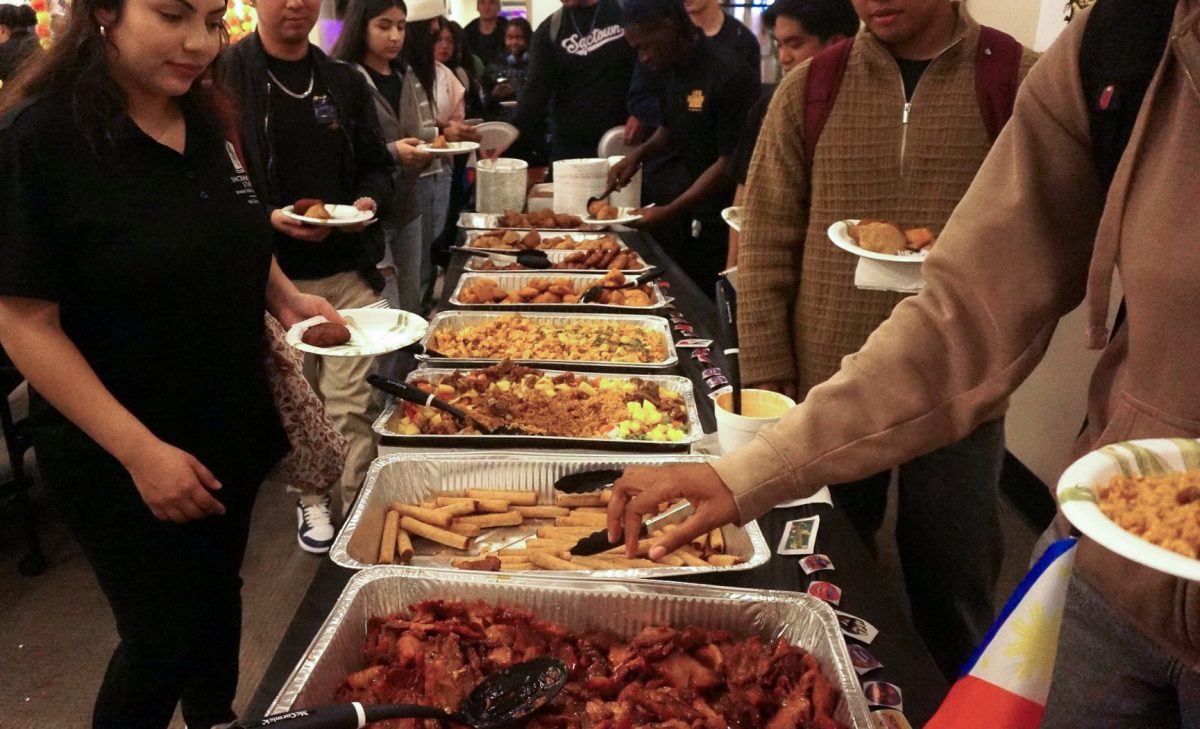Students and staff speak out on diversity
October 23, 2014
Race-related issues in America have always served as a hot-button topic. With the recent events occurring in Ferguson, Missouri, the topic of race is more prevalent than ever.
Of the many discussions, one topic that continues to make way towards the front lines deals with people of color feeling inadequately represented in various environments such as in government positions or higher institutions of learning. It is the latter that now serves as a cause for concern among a section of students on Sacramento State’s campus who identify as people of color.
While Sac State boasts a campus of over 28,000 students according to the most recent report published by the school last year, there are many students of color who still feel as if they are fighting for a place to fit in.
Veronica Williams, a 22-year-old ethnic studies senior, feels that while people of color do make up a sizable part of the student body, their numbers pale in comparison to those of white students.
“I feel like [among] the majority of the diverse groups of people on campus, especially among African-Americans, Chicanos/Chicanas, maybe Native-Americans as well as Asian-Americans, I feel like within that community we’re a large part of the student body, but the White population still overrules,” Williams said.
Williams believes the lack of diversity in certain departments such as psychology or ethnic studies, is contradictory to what the perceived goals of the departments would be: studying different societies and ethnic groups.
She believes it is counter-intuitive to have departments that advocate learning about the ins and outs of various ethnic groups, and not have faculty that is always representative of the very groups and cultures being studied.
For 66-year-old political sociology professor Stan Oden, Williams’ statement is dead-on, pointing out the number of people of color in many departments on campus are low, and is a indicative of an even bigger issue.
“It’s very rare that you can go to any department in this university where you might find more than one African-American… and you’ll find in many departments, zero. When you have large departments like psychology or sociology, even government where I’m the only African-American in it, thats under-representation to an extreme,” Oden said.
For 26-year-old sociology graduate student Jessica Castellon, the lack of representation on campus in terms of looking at the faculty is particularly troubling, as she views it as a disservice to both the students of color who are in need or guidance, and the faculty members of color who simply are unable to offer the adequate amount of help to those who want it.
Castellon points out a crucial component to a student’s success in school is being able to access resources on campus, and believes the lack of representation on campus is a problem for students of color, due to the fact they may not feel as if there is a familiar face they can turn to.
“Seeking mentorship, in my opinion, is one of the key facts to graduating…if there are only, like, a few faculty [members] of color, it makes it hard for students to seek mentorship,” Castellon said.
Williams recognizes that many students of color feel discouraged when they are unable to establish connections to their campus, citing her own personal experience as an African-American woman.
“…I feel pissed off. You get uncomfortable ‘cause you kind of want to have someone you can relate to or hang out with, or at least study with because, you know, maybe this white person in class may not relate to me, may not want to talk to me, may have a preconceived notion about me that they might not want me,” Williams said.
However, for Williams, the feelings go beyond simply feeling uncomfortable in class. She understands that many students feel so uncomfortable that it begins to adversely effect them in terms of retaining the information they are taught, or simply finding the will to continue on with college.
Oden’s statements bolster those of Williams’, citing lack of diversity as a factor that causes many students to withdraw within themselves and shut down.
“…There is ample evidence that shows if you don’t have someone who you can relate to culturally, that you’re going to feel, eventually, alienated within that culture, and once you become alienated, you can become discouraged to complete the task,” Oden said. “If you go to a class and you are not called upon, or you’re basically singled out, either one of those things can be detrimental to you.”
For DeAnthony Jones, a 23-year-old government senior, while a lack of diversity has never deterred him from his goals, he admits it can sometimes feel disheartening.
“At some times it’s a confidence thing where I feel like, well is there any upward mobility for people of color in any university system. It’s some of those moments where I ask myself, ‘Damn, will I ever get to become a professor, is it possible for me to, ‘cause if you don’t see it, you’ll start to believe you can’t be it,” Jones said.
While there are those who feel as if they are inaccurately represented, there many people of color on campus who do believe Sac State is diverse.
For 65-year-old theater professor Roberto Pomo, Sac State’s campus is the epitome of diversity, as he credits the campus’s multi-ethnic background as one of the factors that drew him to the school.
“We have, I think, a very rich composition of diversity. When I came here, I thought, ‘This is what I have been searching for,’” Pomo said. “[Sac State is] truly a template for what California is all about.”
Jennifer Devera, a 22-year-old communications studies senior, also believes in the diversity on campus, pointing out how various multicultural organizations aid in fostering a community inclusive to all races and ethnicities.
While viewpoints may vary, many people acknowledge that it is a problem when students feel uncomfortable, and urge those that do make sure their voices are heard.
Asian studies professor and program director Pattaratorn Chirapravati suggests one way students of color may be able to form a better connection to their campus is by forming a sport group or club of sorts.
Chirapravati knows that many students of color struggle with finding their fit on campus, and believes rallying together can aid in forming stronger bonds with not only the campus, but with each other.
Clubs and groups aside, many students feel that there needs to be a bigger push towards reaching out to communities known for having higher population with people of color.



























































































































